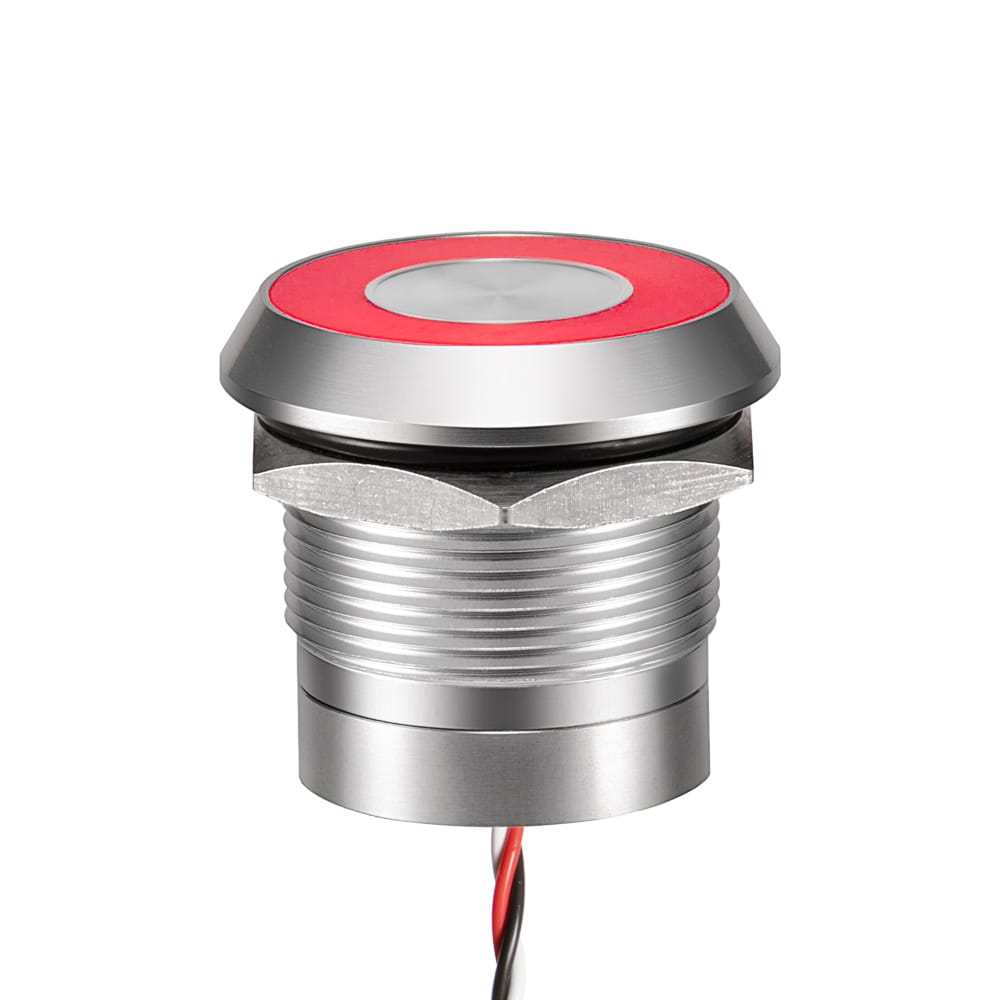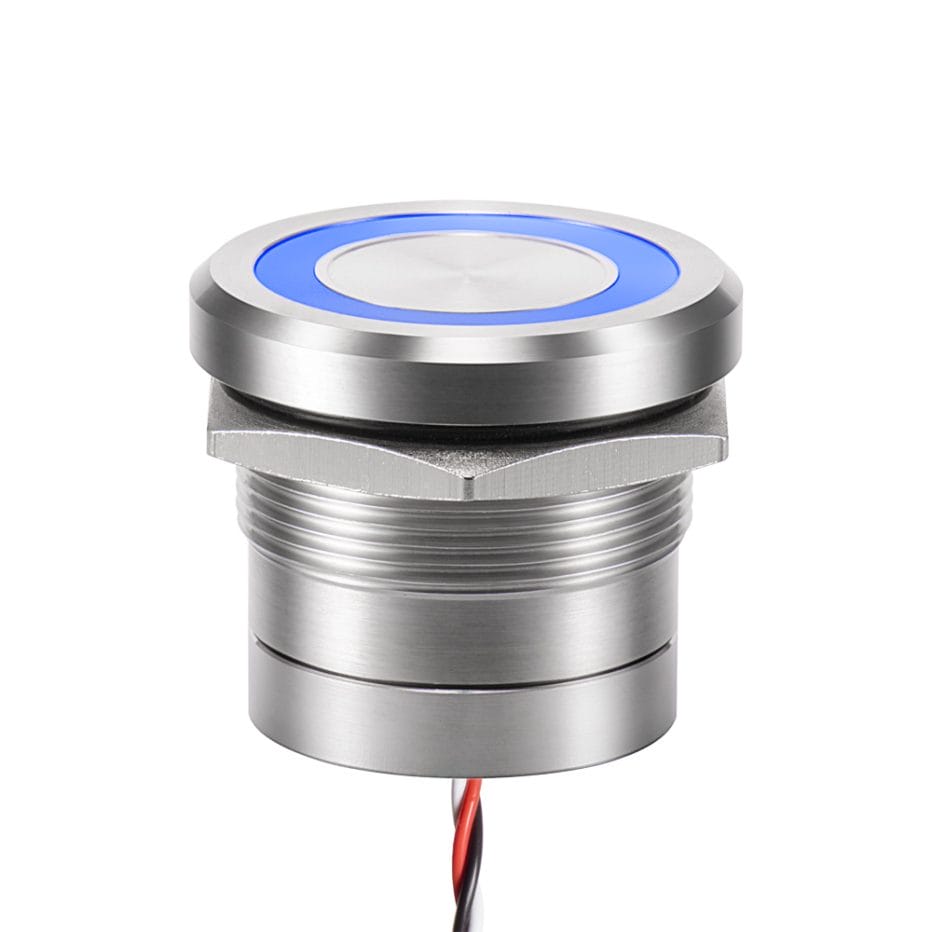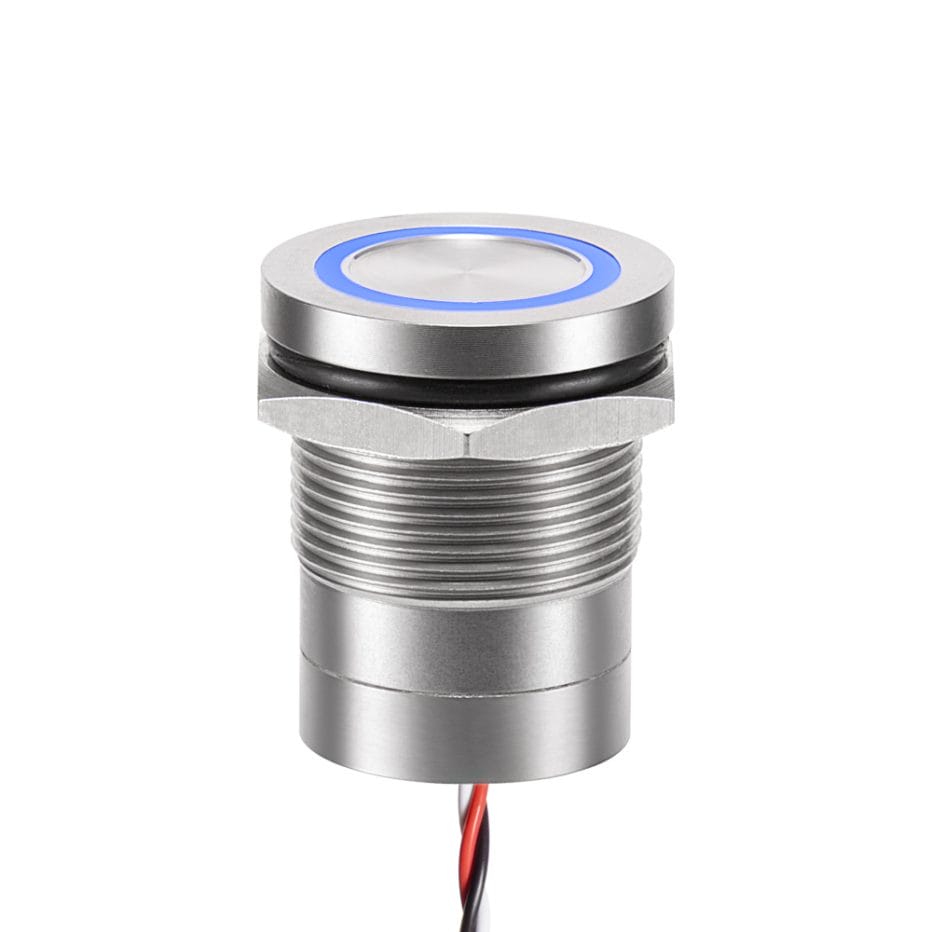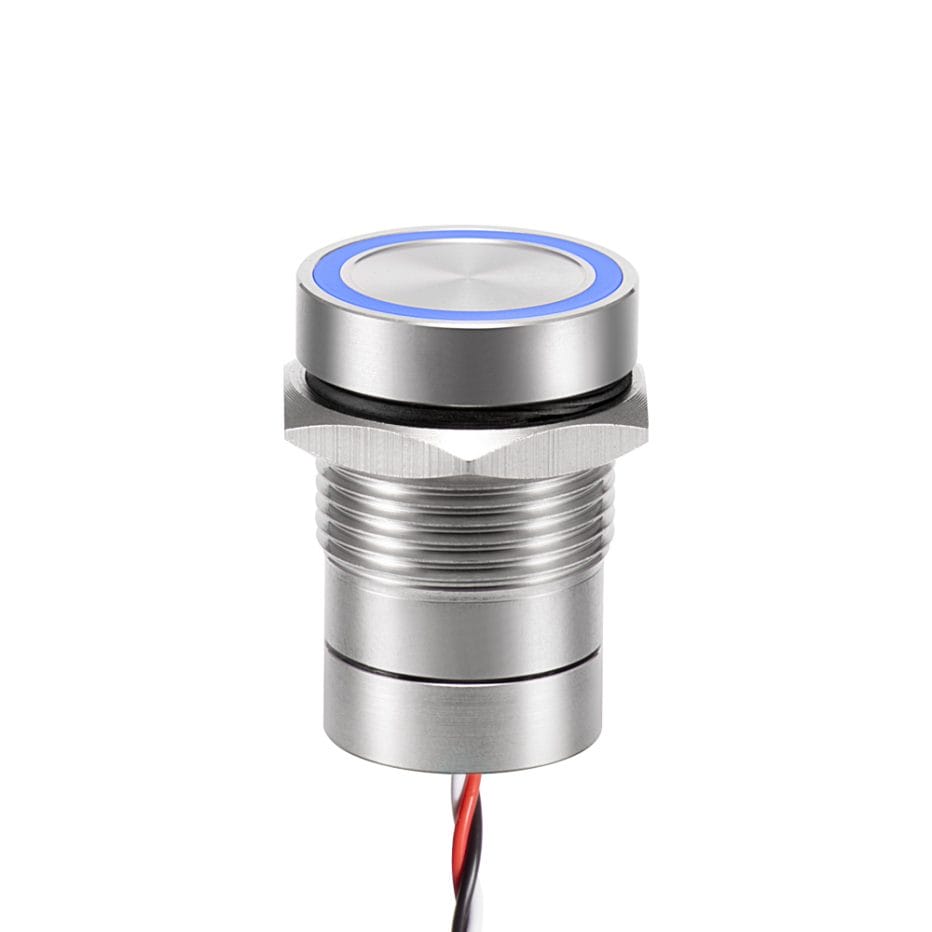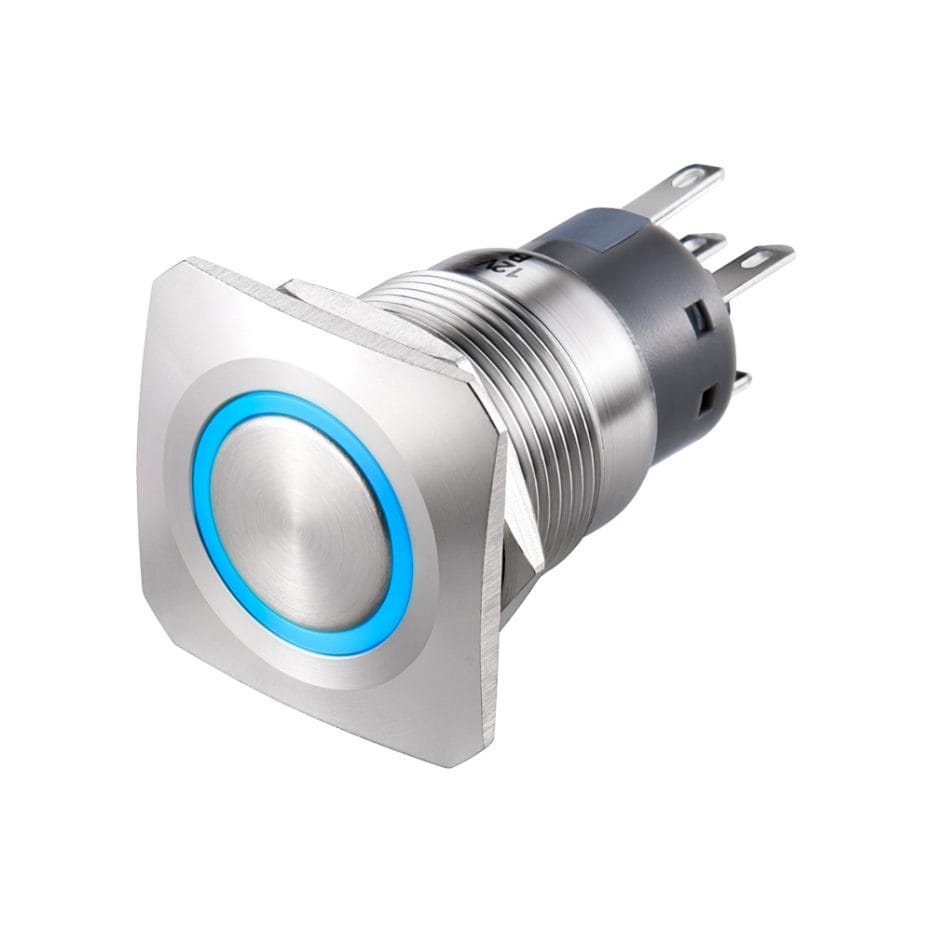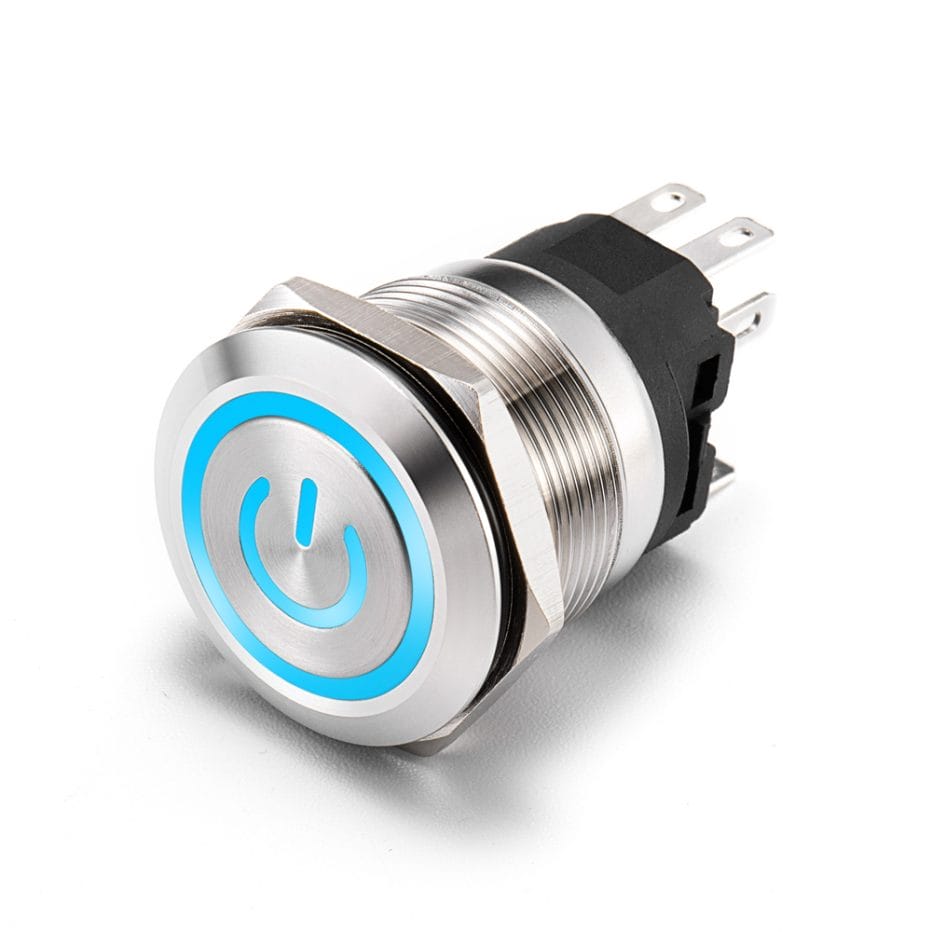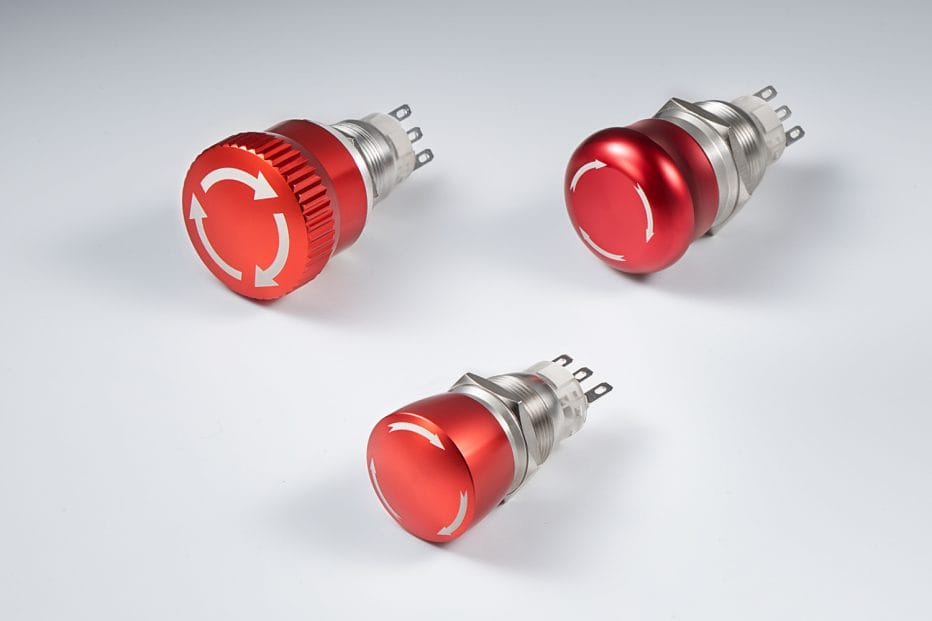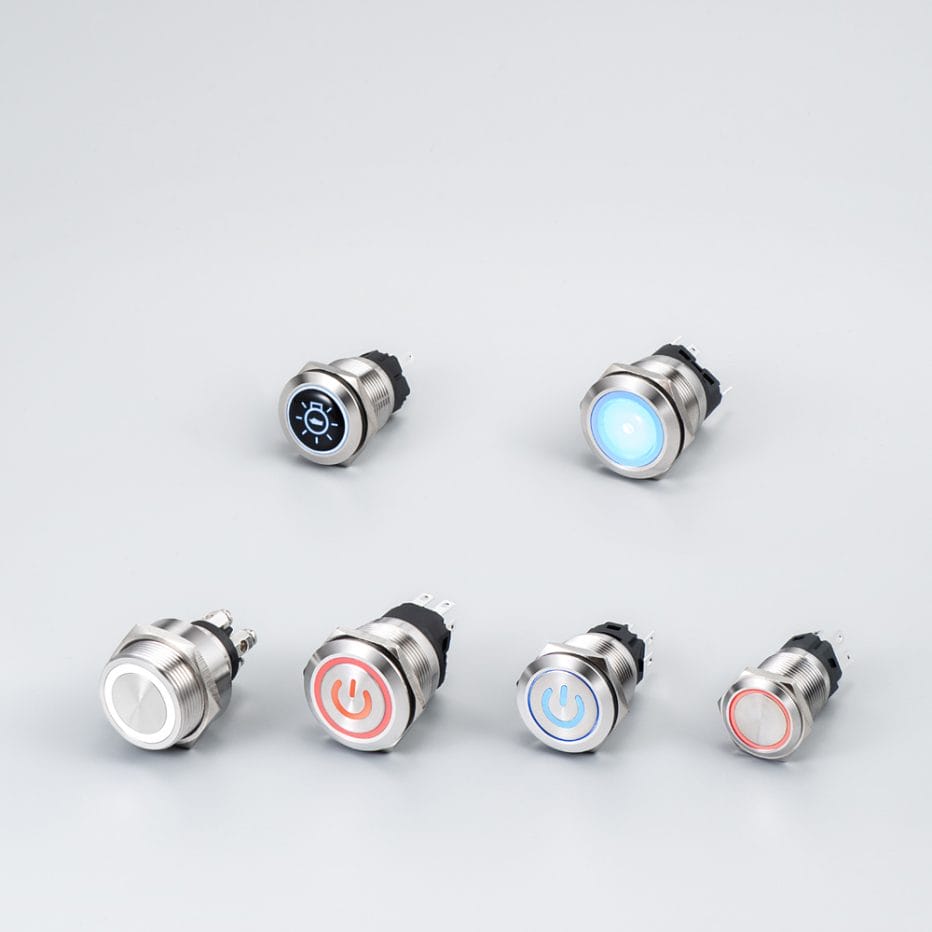Capacitive switches have become a popular alternative to Mechanical switches. They are characterized by the use of sensors to measure a voltage. The voltage is constant by default. When you touch a button, though, your finger will absorb some of the voltage. The capacitive switch will then respond by opening or closing the circuit. Below are five things to consider when choosing a capacitive switch.
1. FPC or PCB
All Capacitive switches feature a circuit. While some of them have a Flexible Printed Circuit (FPC), however, others have a Printed Circuit Board (PCB). When choosing a Capacitive switch, you’ll need to decide whether an FPC or PCB or right for you. FPCs are flexible and support smaller, lower-profile designs. PCBs, on the other hand, are simpler and less expensive.
2. Overlay Material
What type of material is the overlay made of? The overlay is the outermost layer. All switches have an overlay — and capacitive switches are no exception. You can find overlays in different materials. For capacitive switches, some of the most common overlay materials include plastic, acrylic and glass.
3. Backlighting
You can choose a capacitive switch with or without backlighting. Backlighting is optional. You can order a capacitive switch with backlighting so that it’s easier to see and use in low-light conditions. Backlighting for capacitive switches typically consists of light-emitting diodes (LEDs), which may leverage light guides for better light distribution.
Light guides don’t produce light. Rather, they are only designed to distribute light. The LEDs will produce light that travels through the light guides, at which point the light will be distributed throughout the capacitive switch’s overlay.
4. Adhesive
Don’t forget to consider the adhesive when choosing a capacitive switch. Capacitive switches require adhesive to seal the overlay. Not all adhesives will work, though. Because capacitive switches are designed to measure a voltage, the adhesive must be nonconductive. It must also be able to withstand light and moisture without degrading.
5. Colors
You can order a capacitive switch in custom colors. Regardless of the application, you don’t have to choose a capacitive switch in a generic color scheme. You can choose a custom color scheme. The colors won’t affect the performance of a capacitive switch. Nonetheless, it will improve the capacitive switch’s aesthetics. Along with the type of circuit, overlay material, backlighting and adhesive, you may want to consider the colors when choosing a capacitive switch.
All Langier News:
Read Moreelectronica 2024 Hall-Stand No.: A2 160 November 12-15, 2024 Tr...

 English
English 简体中文
简体中文